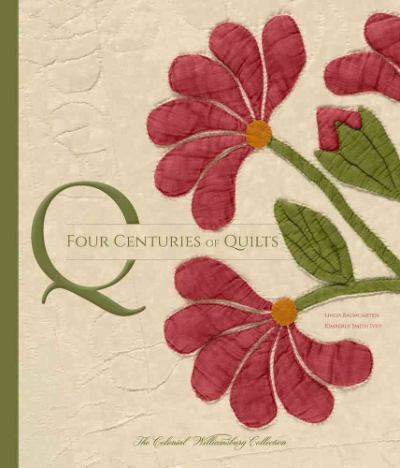
Four Centuries of Quilts:
The Colonial Williamsburg Collection
with Kimberly Smith Ivey. Williamsburg and New Haven: Colonial Williamsburg Foundation and Yale University Press, 2014.
Quilts are among the most utilitarian of art objects, yet the best among them possess a formal beauty that rivals anything made on canvas. This landmark book, drawn from the world-renowned collection of the Colonial Williamsburg Foundation, highlights the splendor and craft of quilts with more than three hundred superb color images and details. Fascinating essays by two noted scholars trace the evolution of quilting styles and trends as they relate to the social, political, and economic issues of their time.
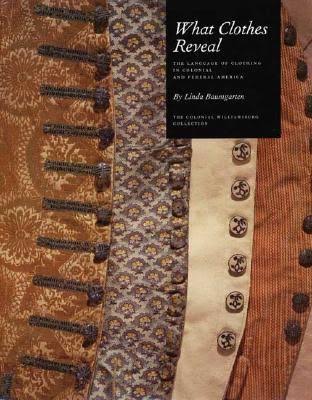
What Clothes Reveal, The Language of Clothing in Colonial and Federal America.
New Haven: Yale University Press, 2002
Winner of Costume Society of America’s Millia Davenport award for excellence in publication. Colonial Williamsburg has an outstanding collection of eighteenth and nineteenth century period clothing and accessories that help document the way Americans dressed during the eighteenth and early nineteenth centuries, and the European antecedents that influenced their clothes. Using the collection as a backdrop, this book helps people today understand more fully the lives of past Americans. Included is a discussion of the clothing of enslaved and free workers that reveals how clothing was used to convey status, occupation, and place. Other chapters demonstrate how clothing reflected life passages and events such as marriage, pregnancy, and mourning. Informative and entertaining sidebars delve into details about individual garments and concepts such as clothing mythology, fossilization, and whether people were really smaller back then.
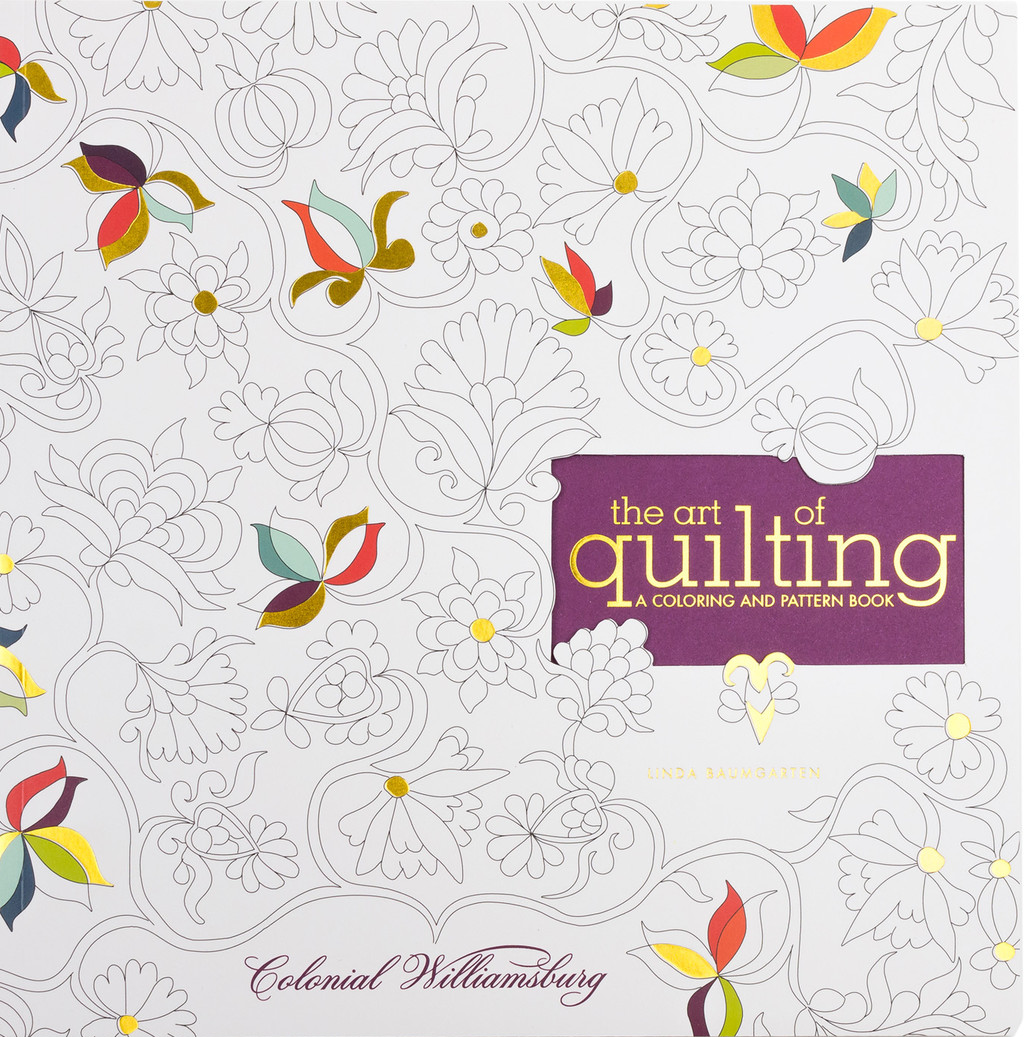
The Art of Quilting, a Pattern
and Coloring Book.
Williamsburg: Colonial Williamsburg Foundation, 2016.
The designs contained in these pages are all taken from quilts in the extraordinary collections of the Colonial Williamsburg Foundation. The patterns can be colored or used as inspiration for quilts and other fiber arts. Both coloring and quiling tap into creativity within disciplines that are defined by lines, borders, and structure. Adding brilliant new colors to these designs breathes new life into these historic quilts and makes the past live again.
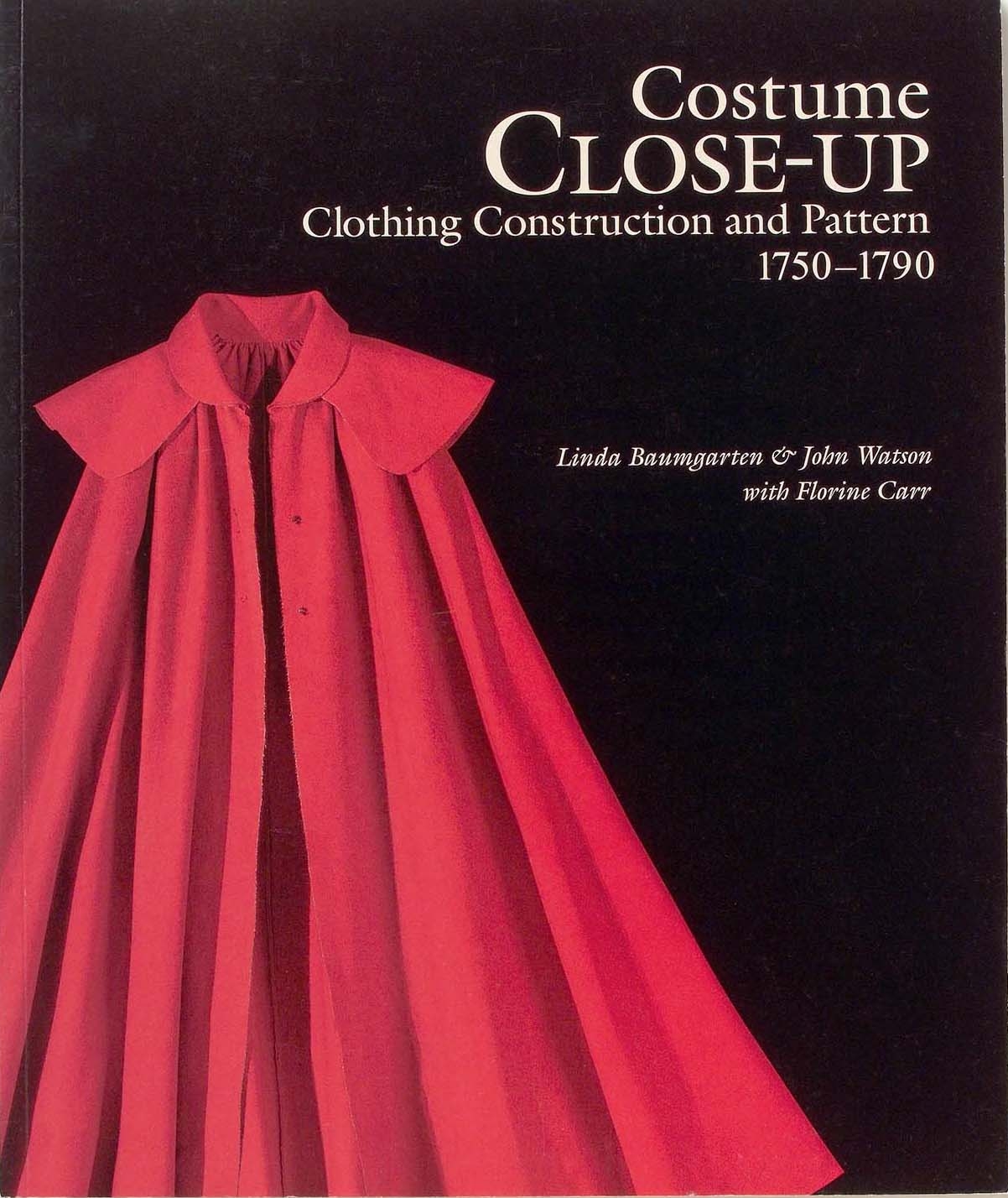
Costume Close-up
with John Watson and Florine Carr. New York: Quite Specific Media Group, Inc. and Colonial Williamsburg Foundation, 1999. (Reprinted.)
This book unveils the secrets of eighteenth-century garments in the collection of the Colonial Williamsburg Foundation. Experts and novices alike will enjoy the engaging presentation of text, period illustrations, and modern photography. Examining stitch marks, thread remnants, and creases, the authors solve the mysteries of how clothing was made, altered, and sometimes, even how it was laundered and stored. In the course of their investigation, they illuminate aspects of the manufacture and wearing of eighteenth-century clothing, from how wool was glazed (the textiles were folded and placed in a press) to who wore under drawers (Thomas Jefferson and George Washington did, but many men did not).
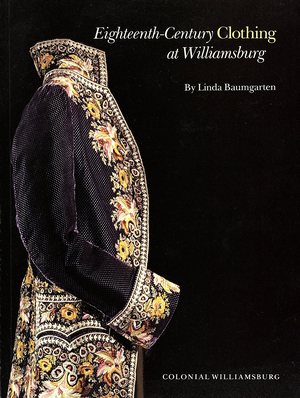
Eighteenth-Century Clothing at Williamsburg.
Williamsburg: Colonial Williamsburg Foundation, 1986. (in print since 1986.)
Basing her research on the outstanding collection of antique costumes, prints, and paintings at Colonial Williamsburg, Linda Baumgarten explores the tremendous variety in eighteenth-century wearing apparel, which ranges from the course linen suit or simple bodice and petticoats worn by a workingman or woman to an elegant ball gown or the gentleman's embroidered silk velvet suit that is featured on the cover. The author also discusses the kinds of accessories — fans, laces, aprons, gloves, handkerchiefs, pocketbooks — that people selected to complement their clothing.